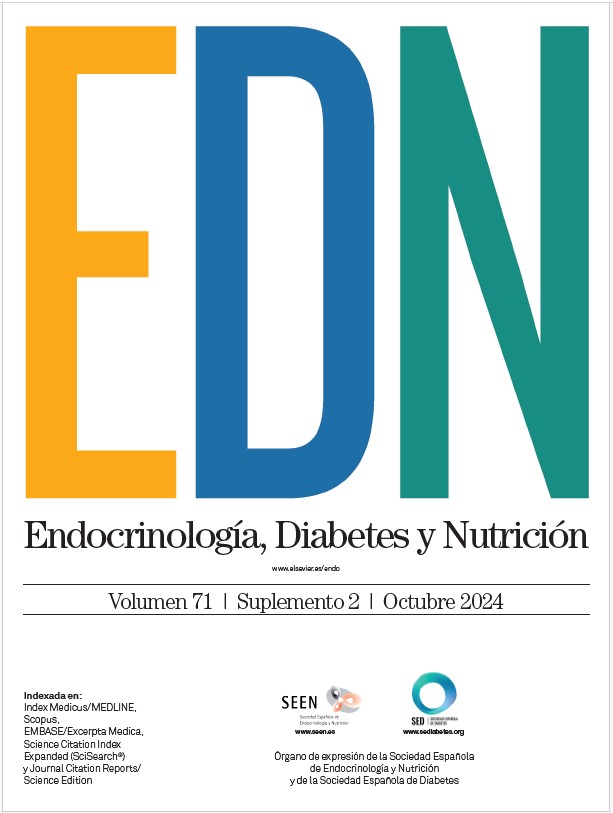48 - PROSPECTIVE STUDY TO EVALUATE RECTUS FEMORIS MUSCLE ULTRASOUND FOR BODY COMPOSITION ANALYSIS IN PATIENTS UNDERGOING BARIATRIC SURGERY
1Endocrinología, Hospital Mútua de Terrassa. 2Cirugía, Hospital Mútua de Terrassa. 3Dietética y Nutrición, Hospital Mútua de Terrassa.
Introduction: Bariatric surgery (BS) has a significant impact on body composition (BC) and consequently may affect established sarcopenic obesity (SO). The aim of this study is to assess the utility of muscle ultrasound (MUS) of rectus femoris thickness (RFT) for the evaluation of BC in patients undergoing BS compared to bioimpedance analysis (BIA), dynamometry and dual-energy X-ray absorptiometry (DEXA). Moreover, we aim to demonstrate how MUS of RFT correlates better with the quality of life (Qol) in this population, in comparison to the other mentioned methods.
Methods: Prospective pilot study including 77 subjects (64.9% female, mean age: 53.2 ± 8.67 years) who underwent BS. Handgrip strength was measured using a dynamometer, fat-free mass index (iFFM) was assessed by BIA, appendicular muscle index (AMI) was calculated using DEXA and RFT was measured by MUS. HOMA-IR was calculated too. All these measurements were conducted 1 month prior to BS and at the 12-month follow-up. QoL was assessed using the Moorehead-Ardelt questionnaire.
Results: The mean BMI decreased by 12.95 ± 3.56 kg/m2 (p = 0.001). We observed positive correlation pre-surgery between HOMA and: RFT (r = 0.27, p = 0.02), iFFM (r = 0.36, p = 0.001), AMI (r = 0.31, p = 0.01) and dynamometer (r = 0.26, p = 0.02). In addition, we found correlation between RFT and iFFM (pre-surgical: r = 0.31, p = 0.01; post-surgical: r = 0.25, p = 0.05) and between RFT and lower extremities AMI post-surgical (r = 0.27, p = 0.04). We observed significant reductions in iFFM, AMI and RFT (p = 0.001), but not with dynamometer (p = 0.94). A tendency to a positive correlation between QoL questionnaire and RFT post-surgery (r = 0.23, p = 0.079) was observed.
Conclusions: Our results suggest that RFT measured by MUS is complementary for the evaluation of BC, SO and the follow-up after BS of these patients. RFT provides relevant information about regional sarcopenia and probably has an accurate correlation with QoL.







